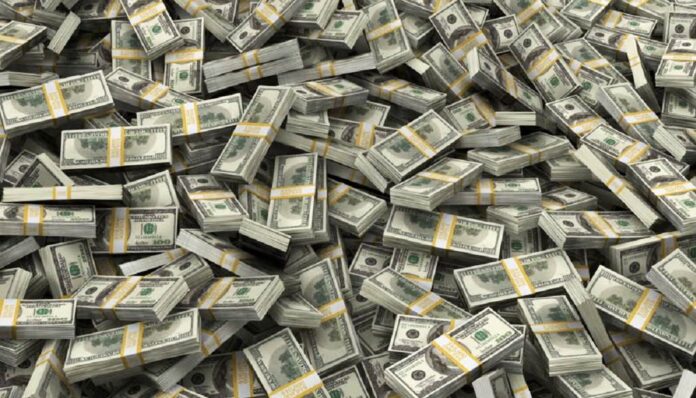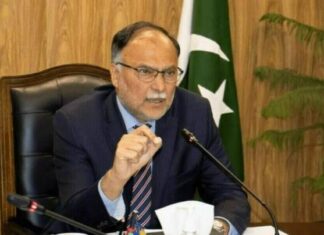ISLAMABAD: When the historic devaluation, in the last week of January, settled down. Not a lot of people had foreseen another devaluation in such a near future. And even those who did, were hoping that it happens in the worst possible circumstances.
By the looks of it, the worst possible circumstances are here and the debate on “Pakistan has seen worse”, seems to have been settled, once and for all.
The Pakistani currency now stands at its weakest level in history against the US dollar. The market closed at Rs. 285.1 per dollar and the greenbacks are reported to hit the 287 mark at one point during the day. In the open market, the dollar is being sold for as much as Rs. 293, but even at this price, the buyers outnumber the sellers. Throughout the calendar year, the rupee has depreciated various times, cumulatively by more than 60% since March, 2022. But what is the reason for the depreciation this time and who is to blame?
There is no one reason as to why the currency has depreciated again. But the elephant in this room, also stands out to be the IMF.
The IMF has had a strong emphasis on a market based exchange rate for Pakistan ever since the start of the Extended Fund Facility.
As per the fund, the rate is the true depiction of the supply and demand for the currency. However, in Pakistan’s case, a peg on the exchange rate, low reserves, a potential store of value and an excessive demand of the dollar across the Afghan border, forced the market to just keep on demanding. Despite various crackdowns, it has been reported that the smuggling of dollars across borders has not completely stopped. This excessive demand raises the anticipated price. So much so that the asking price for dollars has crossed Rs. 310, in the black market.
This demand for dollars gets even more amplified if the government reserves get lower, and the reserves get lower if the government decides to trade freely. Even though the IMF wants higher FX reserves, curbing trades is something that the IMF does not want. By imposing the “Administrative measures” on trade, the government indirectly keeps the dollar value at a lower level. As per Tahir Abbas, Head of Research at Arif Habib Limited (AHL), a number of payments related to imports have been made, leading to pressure on the rupee.
“As it is the start of the month, a number of import payments have been made. Moreover, the government has also loosened its administrative controls to appease the IMF,” he said.
There is another way in which the IMF affects the dollar rate. “The delay in the IMF tranche also causes an incentive to hold back dollars that were going to be remitted” Fahad Rauf, the head of equity research at Ismail Iqbal securities, told Profit.
He also said that, “The reports around the IMF are also not positive which (further) dents the investor’s sentiment.”
Because the rate of the dollar in the grey market was once again significantly higher than the interbank rate. The hike in the interbank rate on Thursday, reflects a market correction, in line with the conditions set by the IMF to complete its 9th review.
In a tweet on Thursday, Finance Minister Ishaq Dar stated that the government is likely to reach a staff level agreement with the IMF in the next week. He says that the rumours that Pakistan may default, “are not entirely false” however, the state bank’s performance has improved as the forex reserves have grown by $1 billion over one month. He says that all indicator’s point in the right direction.

























Gulbadshah
Gulbadshah
Thank you for the article 📰
I wanted to know the various exchange rated for USD these days.